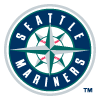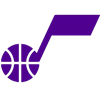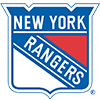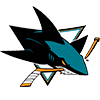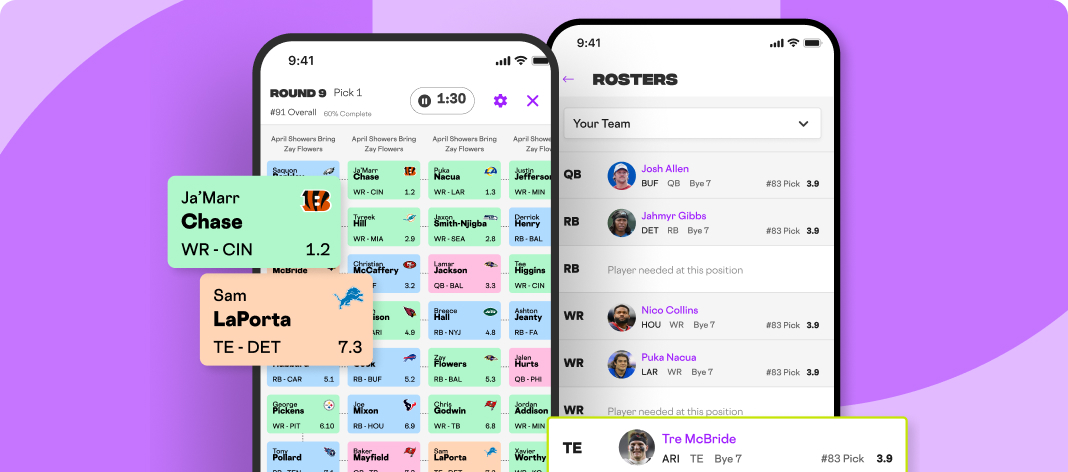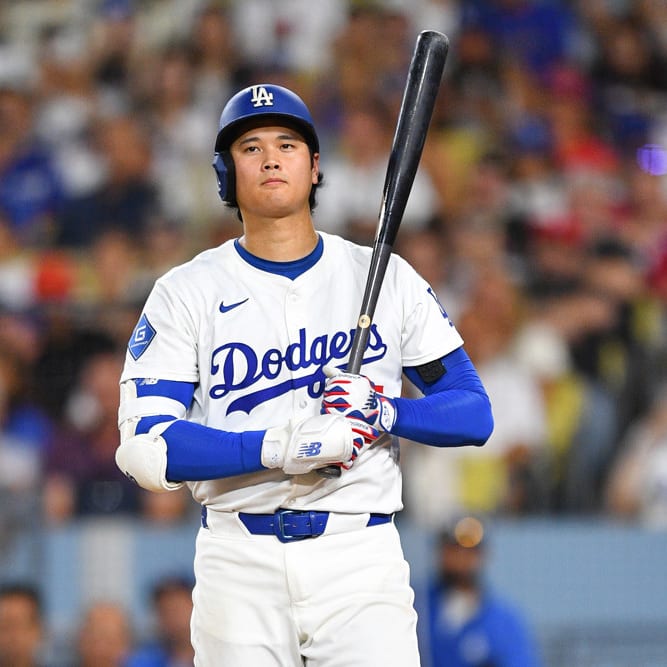The cardinal sin in auctions is leaving money on the table, followed closely by overpaying for mediocre talent, lest you leave money on the table. Today, I'll detail a process designed to facilitate optimal spending followed by some general thoughts about budgeting.
A few weeks back, the notion of using tiers in auctions was briefly discussed. As described, tiers are less strategy and more bookkeeping. The principle is all players within a tier are close enough that order doesn't matter. The problem is even though tiers have boundaries, they're fluid. That is, the players at the bottom of one tier are exchangeable with the top of the next. This is more a bug than fault. If you understand this, the ability to visualize the player pool in terms of tiers is far more helpful and being too rigid within each tier is less of a pitfall.
The key is entering the auction with a spending plan, or even multiple plans. Using the standard 14 hitters, 9 pitchers with a $260 budget as the model, I usually start with the following pathways:
| Player | A | B | C | D |
| H1 | 40 | 35 | 30 | 25 |
| H2 | 35 | 25 | 25 | 25 |
| H3 | 30 | 20 | 20 | 20 |
| H4 | 20 | 20 | 18 | 20 |
| H5 | 15 | 15 | 15 | 15 |
| H6 | 15 | 15 | 15 | 15 |
| H7 | 10 | 10 | 12 | 15 |
| H8 | 5 | 10 | 10 | 10 |
| H9 | 5 | 5 | 10 | 10 |
| H10 | 5 | 5 | 5 | 5 |
| H11 | 3 | 5 | 5 | 5 |
| H12 | 3 | 5 | 5 | 5 |
| H13 | 2 | 3 | 3 |
A few weeks back, the notion of using tiers in auctions was briefly discussed. As described, tiers are less strategy and more bookkeeping. The principle is all players within a tier are close enough that order doesn't matter. The problem is even though tiers have boundaries, they're fluid. That is, the players at the bottom of one tier are exchangeable with the top of the next. This is more a bug than fault. If you understand this, the ability to visualize the player pool in terms of tiers is far more helpful and being too rigid within each tier is less of a pitfall.
The key is entering the auction with a spending plan, or even multiple plans. Using the standard 14 hitters, 9 pitchers with a $260 budget as the model, I usually start with the following pathways:
| Player | A | B | C | D |
| H1 | 40 | 35 | 30 | 25 |
| H2 | 35 | 25 | 25 | 25 |
| H3 | 30 | 20 | 20 | 20 |
| H4 | 20 | 20 | 18 | 20 |
| H5 | 15 | 15 | 15 | 15 |
| H6 | 15 | 15 | 15 | 15 |
| H7 | 10 | 10 | 12 | 15 |
| H8 | 5 | 10 | 10 | 10 |
| H9 | 5 | 5 | 10 | 10 |
| H10 | 5 | 5 | 5 | 5 |
| H11 | 3 | 5 | 5 | 5 |
| H12 | 3 | 5 | 5 | 5 |
| H13 | 2 | 3 | 3 | 3 |
| H14 | 2 | 2 | 2 | 2 |
| P1 | 25 | 30 | 25 | 25 |
| P2 | 20 | 20 | 15 | 15 |
| P3 | 10 | 15 | 15 | 15 |
| P4 | 5 | 10 | 15 | 15 |
| P5 | 5 | 5 | 10 | 10 |
| P6 | 2 | 2 | 2 | 2 |
| P7 | 1 | 1 | 1 | 1 |
| P8 | 1 | 1 | 1 | 1 |
| P9 | 1 | 1 | 1 | 1 |
Obviously, none are followed exactly, but I have a pretty good idea which will match more closely to my ultimate spending based on the early purchases. The budgets to the left are more likely in mixed formats while those on the right are favored in single-league auctions.
The mechanism is straightforward. Let's say I buy a hitter for $33. I'll make a flash decision whether I want B or C. Ultimately, it doesn't matter but if I sense I'll be spending up on pitching, I'll use B and if it feels like I'll pass on the aces, I'll go C. For B, I need to add $2 to another line, usually the next highest still unoccupied. For C, I need to borrow $3 from another line. Again, it doesn't really matter where, so long as the total of all 23 remains $260.
Here's where the tiering/bookkeeping element comes in. My tiers are laid out in $5 increments. If I have a $30 hitting line, but my tiers show no one left to fill it, I'll make it a $25 line and add $5 elsewhere. This way, you're always looking ahead, helping to avoid leaving money on the table or paying a price a tier above where the player is listed.
Here's the course I navigated in American League LABR last weekend.
| Player | Line | Actual |
| Mitch Haniger | 30 | 25 |
| Nelson Cruz | 25 | 23 |
| Michael Brantley | 20 | 19 |
| Elvis Andrus | 18 | 17 |
| Marcus Semien | 15 | 17 |
| Jackie Bradley Jr. | 15 | 16 |
| Jonathan Schoop | 12 | 16 |
| Cedric Mullins | 10 | 15 |
| Eduardo Nunez | 10 | 9 |
| Mitch Moreland | 5 | 7 |
| Ryan O'Hearn | 5 | 6 |
| Brett Phillips | 5 | 1 |
| Grayson Greiner | 3 | 1 |
| Max Stassi | 2 | 1 |
| Blake Treinen | 25 | 25 |
| Andrew Heaney | 15 | 15 |
| Yusei Kikuchi | 15 | 12 |
| Trevor May | 15 | 10 |
| Tyler Skaggs | 10 | 9 |
| Wade LeBlanc | 2 | 5 |
| Ryan Yarbrough | 1 | 5 |
| Trevor Cahill | 1 | 3 |
| Yonny Chirinos | 1 | 3 |
I was willing to pay around $30 for a bat, but for reasons I'll explain later, I decided to spread the hitting budget around. It wasn't long before there were no viable $30 hitters, so I quickly reallocated $5 from the $30 line onto a $10 line, making it $15. As it turned out, the purchases most resembled D, but that's speak towards the fluidity of the process.
If the starting pitchers were going for reasonable prices, I'd take one for around $25, otherwise I'd go that high for Blake Treinen, but no other closer. However, with Chris Sale setting the bar at $36, followed by Corey Kluber ($34) Justin Verlander ($33), Gerrit Cole ($33), Carlos Carrasco ($30) and Blake Snell ($29), I opted to eschew the top arms. That said, Mike Clevinger for $24 or Jose Berrios at $23 would have fit nicely on the $25 line. To be honest, combining a $20 Brad Hand with either may have been worth the extra three or four bucks compared to Blake Treinen and Heaney, though keep in mind there's no guarantee I would have been the winning bids at those numbers, as others could have bid more.
Sorry, got off-track there, but the point is the lines in conjunction with tiers guided both hitting and pitching. Afterwards, it was simply a matter of matching the empty lines to the tiers, assuring a worthy player for each spot. To be honest, I caught a break, as buying Brantley was key to maxing out the budget without chasing anyone. Had Brantley gone higher, I was out and likely wouldn't have spent his money as efficiently. There I go, digressing again. It's all about me and my teams.
The elegance of the line/tier method is it can be tracked on the back side of one of the pages with the tiers. There's no need for a spreadsheet or even a calculator. Not only that, you don't need to keep a running total of what you spent, since it's kept de facto by the available lines.
Earlier, I mentioned my personal preference in single-league play is to buy plate appearances, which is facilitated by avoiding the batter's end game. Granted, I understand that if prices are properly computed, the production of a $45 player and a $1 player matches that of two $23 players, but in this overly simplistic example, give me the $23 pair.
The reason has to do with what's needed to win. Converting the typical number of points accrued by the champion to earnings, the league-leader's team accumulates around $320 worth of production. This equates to about a 25 percent return on investment for every player, so the $45 player needs to earn $55 to do his share. The common rebuttal to that is all you really need is for the $45 to hold his own, then pick up profit elsewhere. I'm more prone to enact this in a mixed league where endgame buys often return double-digit profit. In AL-only, it's rare a $1 player breaks out, Niko Goodrum aside.
As such, in AL or NL-only, it's rare I spend more than $30 on a player, especially a batter. It has to be someone I have in the $36-$40 tier that slips, or perhaps someone in the $31-$35 tier and I sense I need a big purchase to drain my budget.
So, there you have it. A simple yet effective means to track auction spending and stay on course. This is another example of how tiers are more a bookkeeping method than ranking tool.













